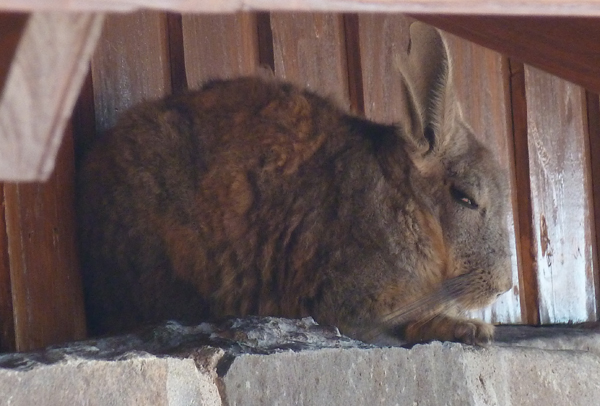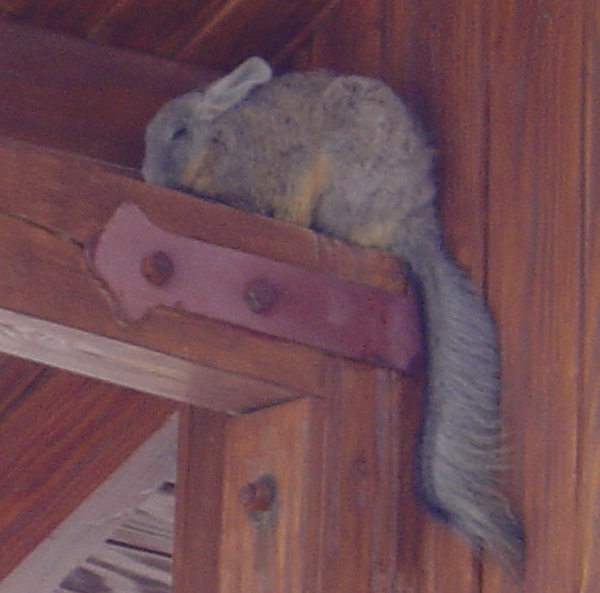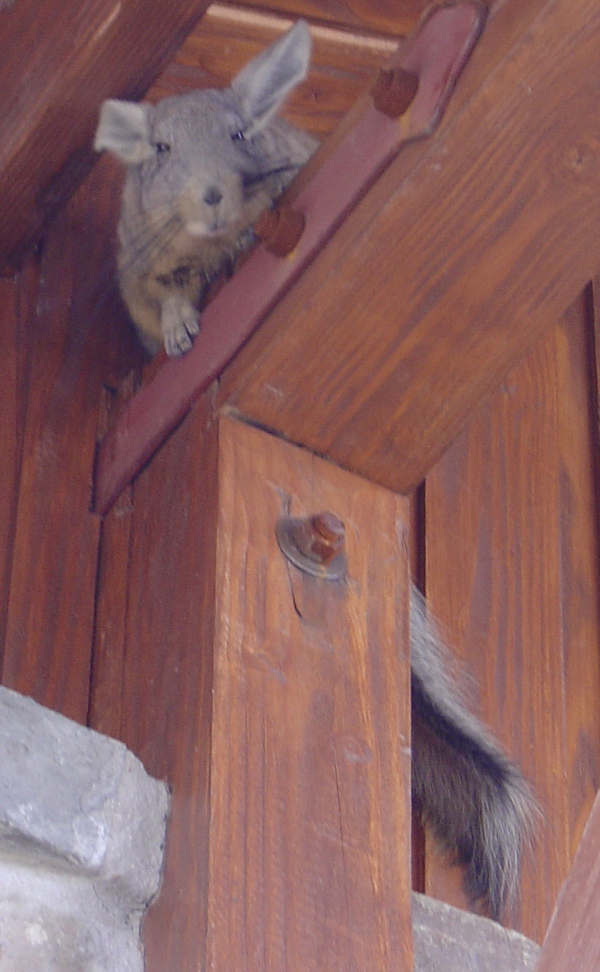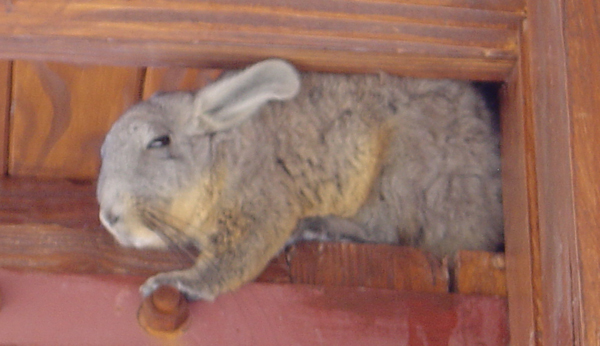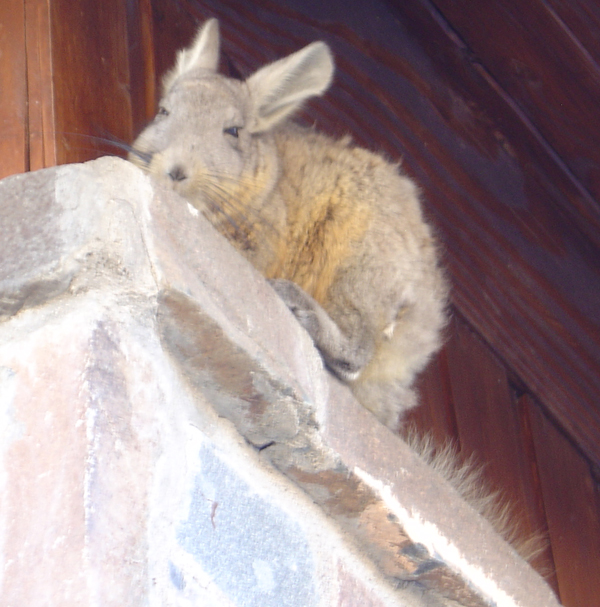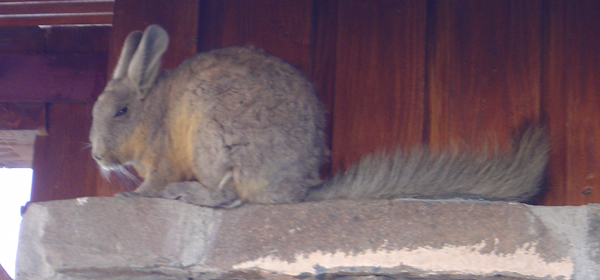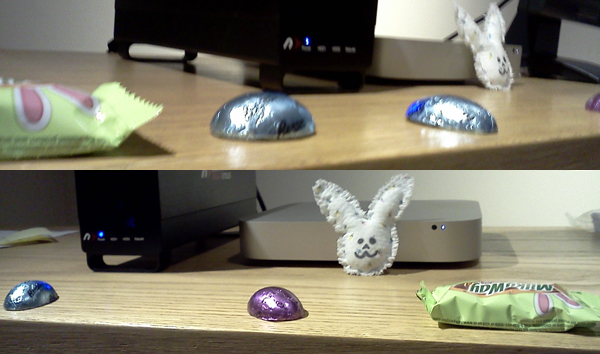Blog
Comm2 Day 6: Nighttime Edition
You might have noticed that our server redirected you to https. This will help ensure that MagAO continues to be a source of good, clean, family-friendly fun. Thanks to Paul Hart for helping Jared get a certificate set up.
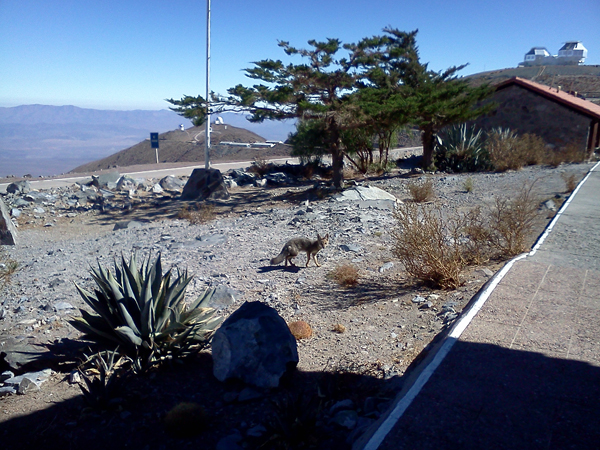

Thanks to our loyal readers, Jared has found a new source of funding for Arizona’s various AO endeavors:

Alfio and Marco have been hard at work building bigger and better interaction matricies. By enabling or disabling rings of ASM actuators around the central obscuration, they are able to create more robust, higher quality calibrations. They create different sets of shapes (different “modal bases”) to apply to the mirror, based on which actuators are enabled. The new interaction matricies they’ve taken today have improved the VisAO image quality by ~20%! They also took a full suite of calibrations which will allow us to observe very faint targets.

Today we also moved the Clio solid nitrogen pump down to the basement, to reduce telescope vibrations. The optical alignment of the CRO is so sensitive that we can easily see a 1 micrometer (10^-6 meter) displacement. So we need to take as many sources of vibration off the telescope as we can; pumps are especially bad. The telescope staff routed a ~150ft hose from Clio to the pump’s new home in the basement.


We’re T -1 day from going on sky. The whole gang is hard at work finishing preparations to the AO system, VisAO, and Clio.

Tomorrow, two more team members will be arriving: TJ Rodigas and Kate Follette. Just in time for the big debut!
Now it’s time for me to follow Povilas’ lead…
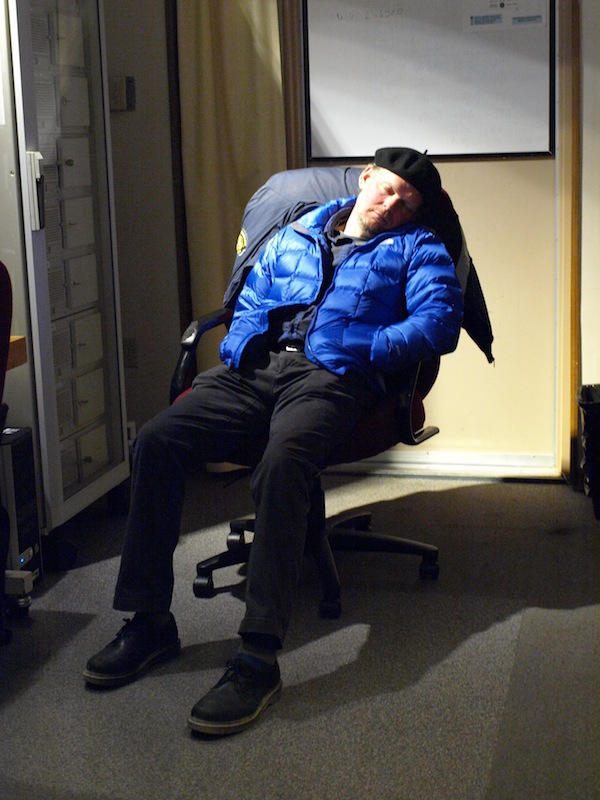
Quotes:
“You drive me to caveats” — Povilas
“Now the entire blog is staged” — Katie (after Povilas admitted that he said that just to get on the blog. He loves us.)
“Nature throws thing at you that are not Kolmogorov. That’s a major caveat.” — Laird
“Maybe we should go back to the old interaction matrices. If the Strehl is too high, it might melt VisAO’s CCD” — Jared
“Cheese helps me to concentrate” — Marco
“Well… is the Clio pump on?” — Laird (asking completely sincerely!), blaming Clio for vibrations even after we stuck its pump down in the bowels of the telescope
“I have control over everything” — Alfio
“If you can’t focus a camera then you shouldn’t really be going on-sky with it” — Laird
Comm2 Day 5: Bear Down
Well the Wildcats lost to the Buckeyes this evening, but take heart, Arizona, things are looking up for us MagAO’ers down here.
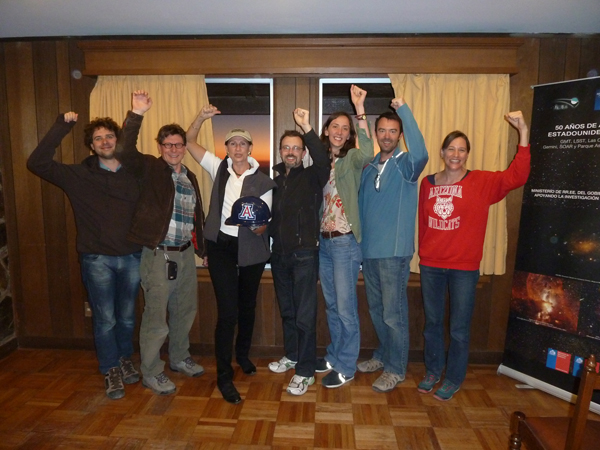
The main highlight of today is that the AO system is running closed loop on 0.8″ simulated seeing at 1 KHz sample speeds (where we were at the end of Comm 1). We have 300-325 modes running with a brand new (better) basis set of Fernando that will hopefully work on sky (which would be an improvement over the 200-250 modes achieved on-sky in comm 1). We’re going to keep the CRO on tomorrow night to take the time to get our interaction matrices and camera focus positions right… but everything seems to working well.
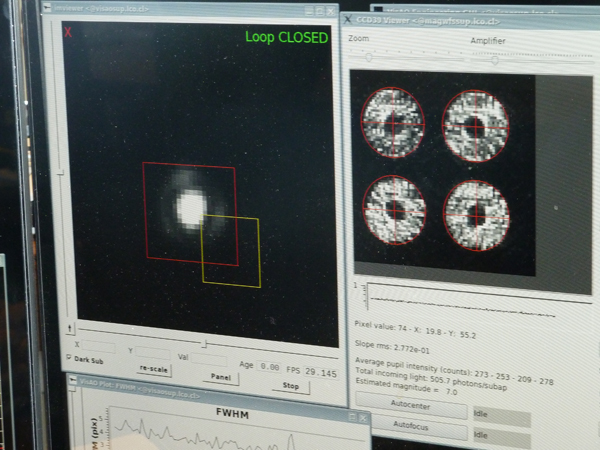
There was also a VIP guest tour of AO operations today, and the guests were “more excited than undergrads” (as Vanessa put it) when we demonstrated closing the loop.

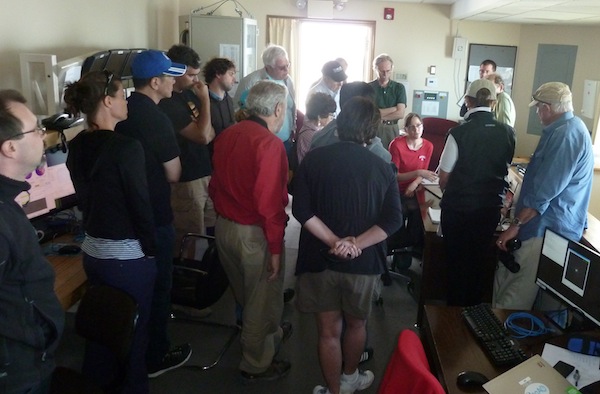
Vanessa and I have been working on all sorts of housekeeping and optimizing Clio tasks…
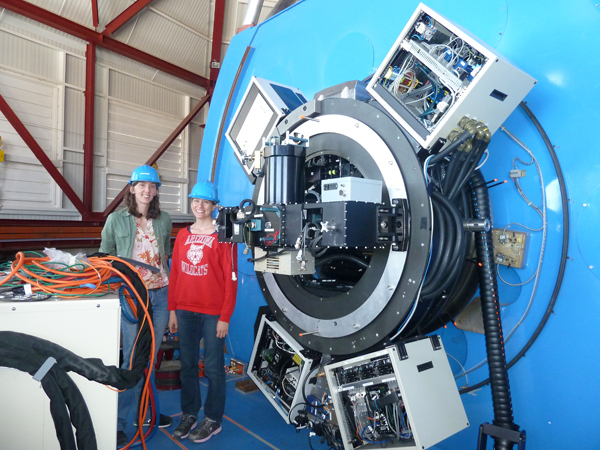
Of course the zoo is still hopping here:


“You should show them the chaos that is MagAO” –Dave
“Sitting through an earthquake here feels like observing at the MMT” –Laird
“It’s the Wild West — It’s Cowboy astronomy” –Katie & Vanessa
Comm2 Day 4: Happy Birthday Alfio!
Today is Alfio’s birthday.
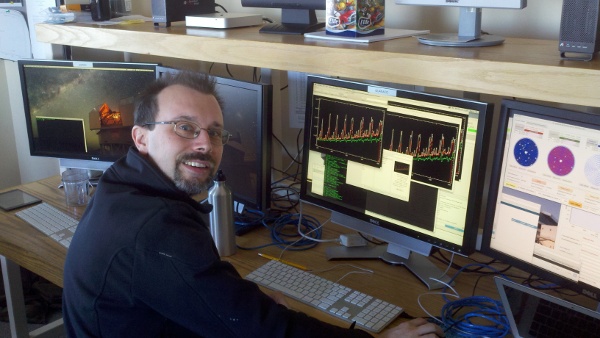
As you can see in the above picture, we have a new minimum-force basis set to try (thanks Fernando!). As soon as we get everything lined up, we’ll test it on the CRO.
Speaking of the CRO, yesterday was crazy. So crazy that none of us had much energy left (at 1am) to write a long ‘splainy blog post. So here’s a little more about what was going on. The CRO is a tiny mirror inside a cup, which has a pinhole on the top. The CRO is suspended at the focus of the ASM, and we send light from an artifical star inside the W-unit up to the secondary, which focuses it into the pinhole, and the CRO reflects it back to the secondary exactly as it came in. CRO stands for Calibration Return Optic (note: it is NOT a retro-reflector! (right Alan?)), both C-R-O and Crow are considered correct pronunciations.
The CRO pinhole is very small, so we have to have it exactly on the optical axis of the telescope. To align it, we use two crosses, one at the W-unit itself, and one on the back of the CRO. The real magic, thanks to Armando and company, is to use a digital camera with a wide focus range to first focus on the W-unit cross, then on the CRO cross, and move the camera until the two crosses line up. From there we move the CRO itself until the reflection from the CRO is lined up with the crosses.
So, step 1 is: Make crosses. In Katie’s post yesterday you saw how the cross was made on the back of the CRO. We also had to re-make the cross on the W-unit. Armando made one using some wire and a rubber band to keep it tight, but the rubber band disintegrated over the last few months. For some reason, it fell to me to attempt to re-create some fine Italian craftsmanship:
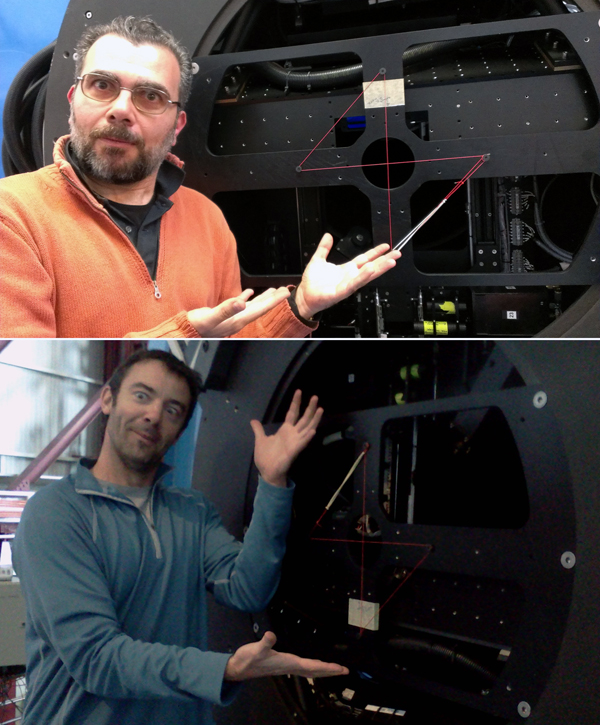
Step 2 is: Line up the CRO secondary and instrument axis using the cross at the instrument and the mark on the bottom of the CRO.
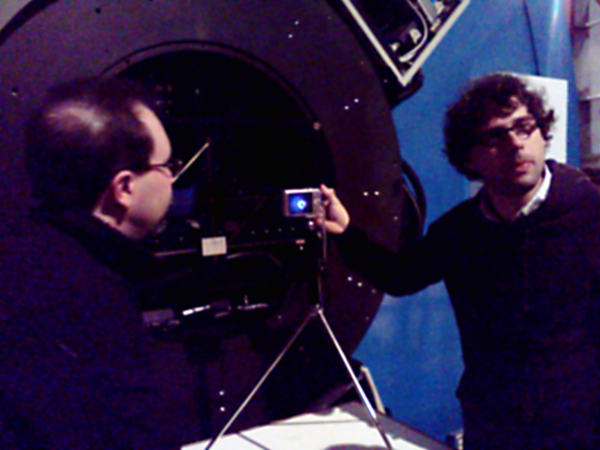
Step 3 is: move the CRO (this time by moving the secondary vane-ends) so that the reflection of the measuring camera itself. off the secondary, is centered on the crosses.
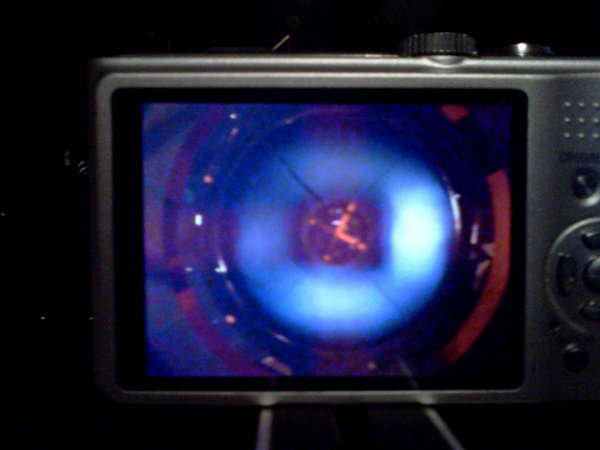
Step 4: blog it
Done.

Today we finished the Clio cool-down, and after lunch moved Clio from the Aux and mounted it (her?) on the telescope.

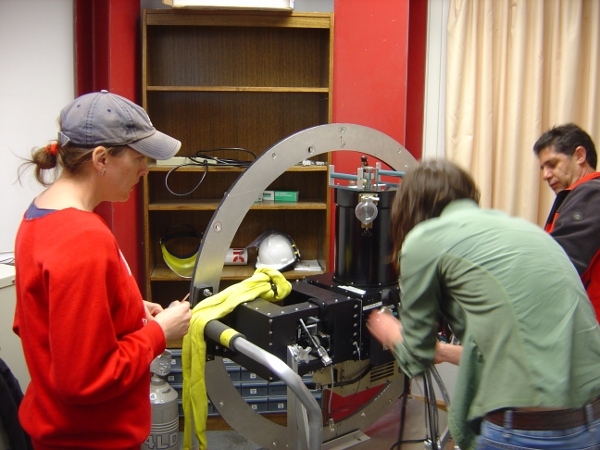

After Clio was on, the grad students kept working.
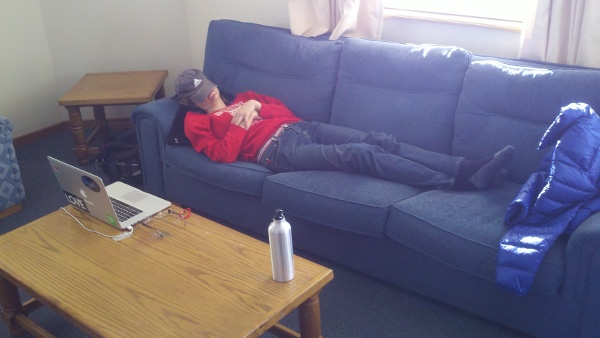
After dinner, we proceeded with aligning the system for CRO tests.
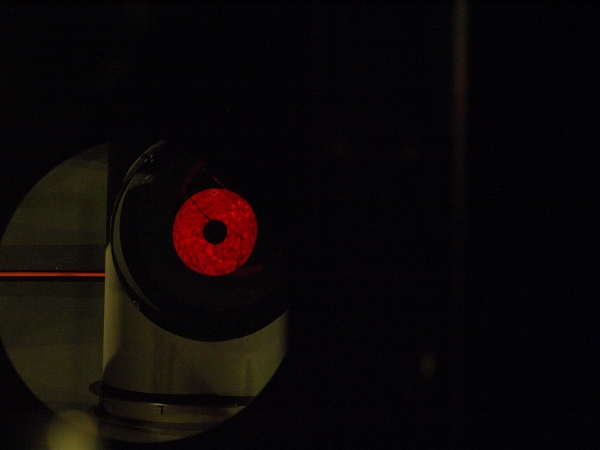
A herd of burros came to the watering hole close to the lodge today.
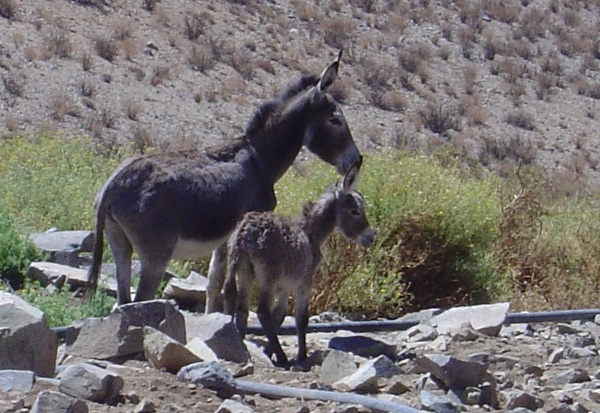

We missed sunset tonight, but we never miss a Vizzy photo-op.


Quotes:
Laird: “If we don’t get good suckage, it’s not going to work.”
Laird: “It’s like yoga”
Povilas: “It’s like hot yoga!”
Laird: “I often get a little confused about what’s hot and what’s not.”
Vanessa: “I only took 4 pictures today. I wasn’t very productive” (the blog is our #1 priority)
Comm2 Day 3: NAS and CRO day
Today we installed the NAS (the metal ring that mounts to the telescope and holds all our instruments) and the CRO (the calibration return optic, for internal alignment and calibration). We also said goodbye to Tyson — thanks for everything! It was a long day and I’m tired so this will have to be quick, even though lots of fun stuff happened.
First the NAS was installed.
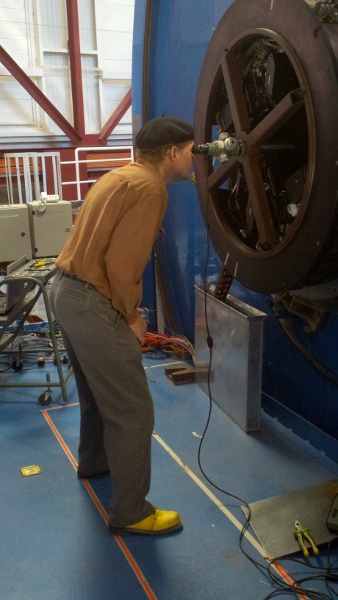
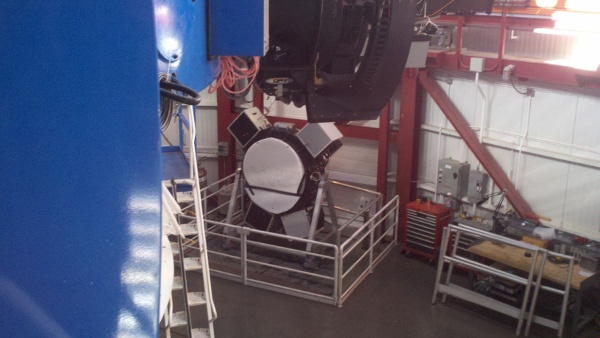
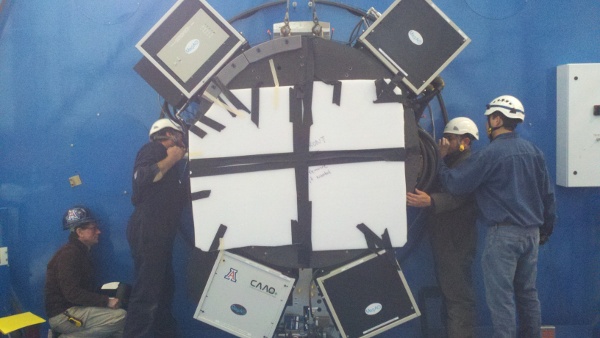
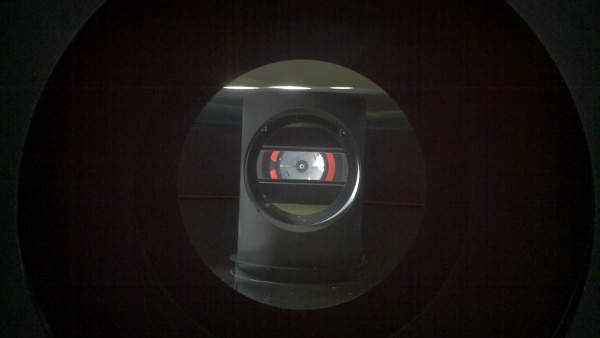
Then we needed to create a new fiducial for the CRO so that we could align our internal light source along the optical axis. It was a fun exercise by me, Marco, Alfio, and Vanessa, and it reminded me of the Inquiry labs I did in the Professional Development Program when I was a grad student.
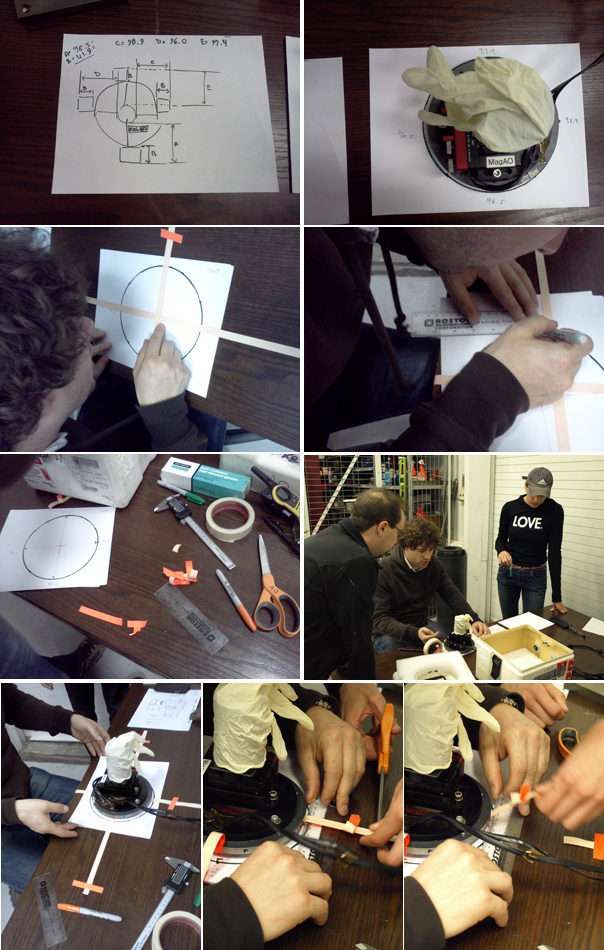
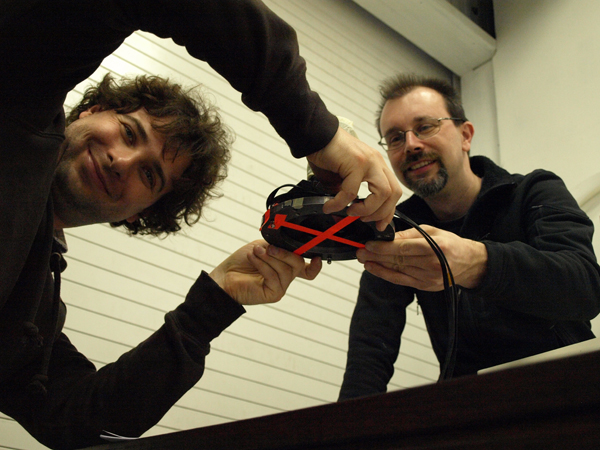
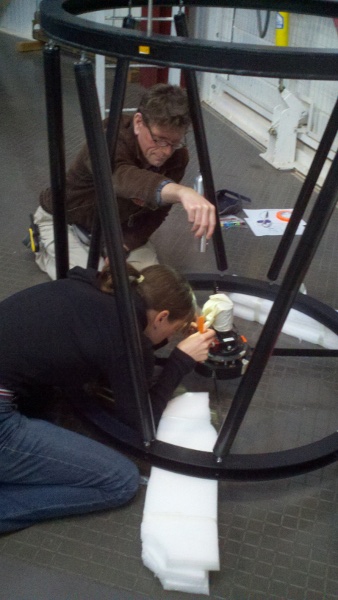


Quotes:
“Here, try it — shine a light in your eye!” — Laird
“I know I don’t like it just from looking at it.” — Laird
Laird: “This is a little unexpected.”
Povilas: “If it’s unexpected, that’s your fault.”
